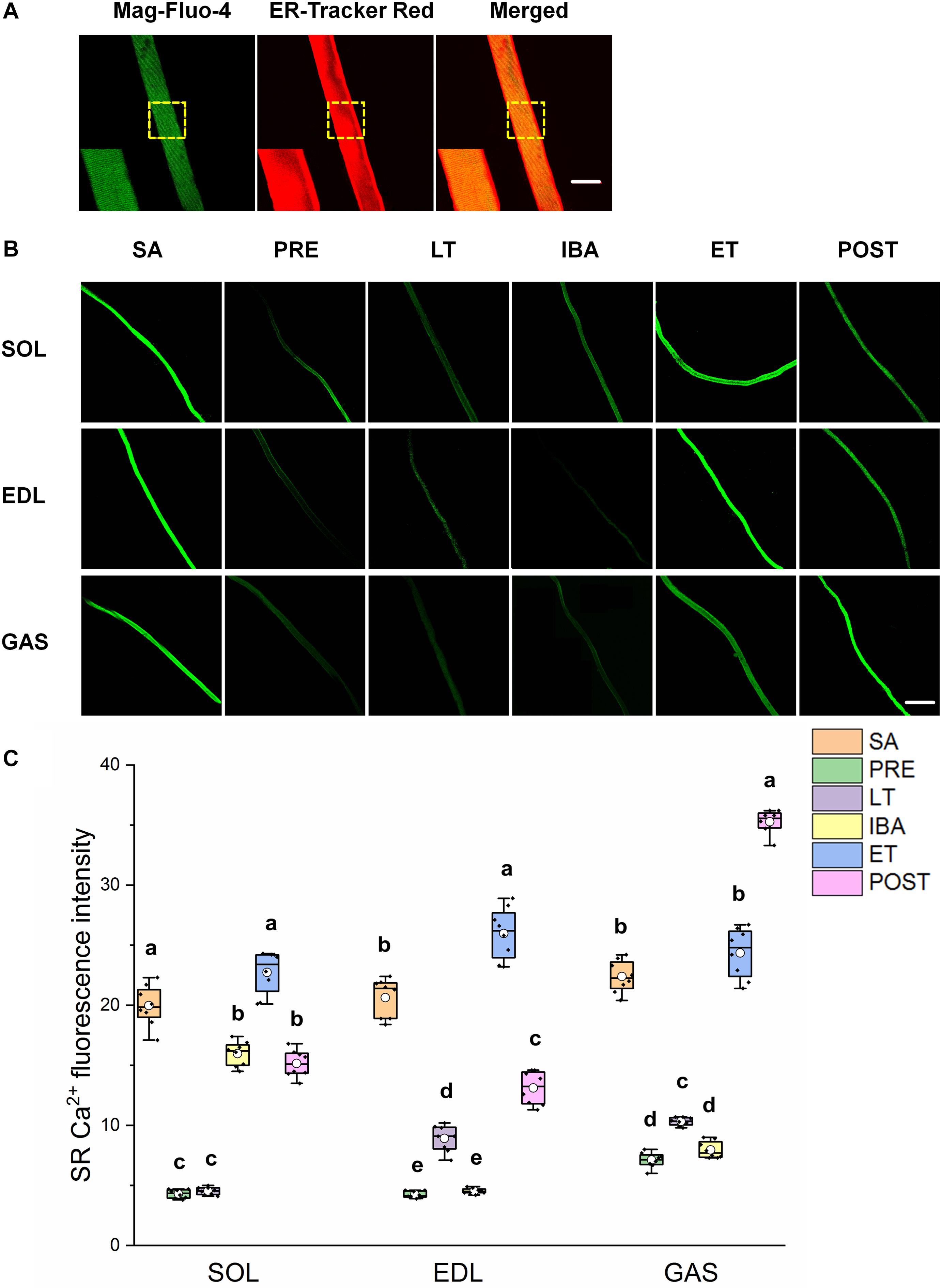

Compared to rehabilitative ultrasound imaging, clinical scales to assess the recruitment of deep abdominal muscles are considered to be less expensive and simpler to use in clinical practice. Ratios of the change in muscle thickness between the resting and contracted states are commonly used to assess the abdominal muscle function or the preferential activation of the deep abdominal muscles. Rehabilitative ultrasound imaging is considered a reliable 30, 43 and valid 18 method to assess the ADIM in adults with LBP. In clinical practice, a patient's ability to perform the ADIM can be evaluated by a number of methods, including rehabilitative ultrasound imaging and clinical scales. To effectively assess a patient's ability to perform this maneuver, clinical tools with acceptable psychometric properties are needed. The abdominal drawing-in maneuver (ADIM) 36 is commonly used to assess and train the recruitment of deep muscles, specifically the transversus abdominis (TrA). 11, 28 This treatment program involves restoring the recruitment pattern of the deep muscles in the initial stage and progressively incorporating exercises that use superficial trunk muscles. There is emerging evidence, however, that those patients presenting with poor ability to recruit the deep abdominal muscles may respond best to lumbar stabilization exercises. 33, 36 A recent systematic review 38 demonstrated that the lumbar stabilization exercises are not clinically more effective than other forms of exercises. Lumbar stabilization exercises have been proposed as a way to retrain control of trunk muscle activation. These alterations include muscle function impairments in the abdominal and lumbar trunk muscles, including increased superficial muscle activity to compensate for the lack of stability, 13, 15 as well as delayed-onset activity 21, 22 and smaller increases in thickness 10 of the deep muscles in response to disturbances to the spine produced by limb movements. 1 Motor control dysfunctions are commonly reported in patients with chronic nonspecific LBP, 7, 45 which may affect the recovery from LBP. 1 While acute LBP cases demonstrate a favorable improvement in 6 weeks, 40% will develop chronic LBP, 3 defined as pain lasting longer than 3 months. 23 The most prevalent type is nonspecific LBP, in which the symptoms are not attributable to a specific cause. Low back pain (LBP) is one of the most prevalent musculoskeletal conditions. Correlation coefficients between ultrasound ratios and DMC scale total and subscale scores were also calculated. After the treatment period, all measures were collected again, with the addition of the global perceived effect scale, to assess the internal and external responsiveness of the measures. All patients underwent a lumbar stabilization program, administered twice a week for 8 weeks. The proportions of patients with the lowest and highest scores on the DMC scale were calculated to investigate floor and ceiling effects. After 1 week, the same ultrasound measures and DMC scale were collected again for the reliability analysis. Four ratios of the change in abdominal muscle thickness between the resting and contracted states were calculated through the ultrasound measures. At baseline, self-report questionnaires were administered to patients and a trained assessor evaluated abdominal muscle recruitment with the DMC scale and ultrasound imaging. Sixty-two patients with chronic nonspecific LBP were included.


 0 kommentar(er)
0 kommentar(er)
